Let’s go back to basics.
First, char *p is simply a pointer. p contains nothing more than a memory address. That memory address can point to anything, anywhere. By convention, we have always used NULL (or, I hate this method, assigning it to zero – yeah, they are the same “thing”, but NULL has traditionally been used in conjunction with pointers, so when you’re eyes flit across the code, you see NULL – you think “pointer”).
Anyway, that memory address being pointed to can contain anything. So, to use within the language, we type it, in this case it is a pointer to a character (char *p). This can be overridden by type casting, but that’s for a later time.
Second, we know anytime we see p[10], that we are dealing with an array. Again, the array can be an array of characters, an array of ints, etc. – but it’s still an array.
Your example: char *p[10], is then nothing more than an array of 10 character pointers. Nothing more, nothing less. Your problem comes in because you are trying to force the “string” concept onto this. There ain’t no strings in C. There ain’t no objects in C. The concept of a NULL-terminated string can most certainly be used. But a “string” in C is nothing more than an array of characters, terminated by a NULL (or, if you use some of the appropriate functions, you can use a specific number of characters – strncpy instead of strcpy, etc.). But, for all its appearance, and apparent use, there are no strings in C. They are nothing more than arrays of characters, with a few supporting functions that happen to stop going through the array when a NULL is encountered.
So – char a[10] – is simply an array of characters that is 10 characters long. You can fill it with any characters you wish. If one of those is the NULL character, then that terminates what is typically called a “C-style string”. There are functions that support this type of character array (i.e. “string”), but it is still a use of a character array.
Your confusion comes in because you are trying to mix C++ string objects, and forcing that concept onto C arrays of characters. As ugoren noted – your examples are both correct – because you are dealing with arrays of character pointers, NOT strings. Again, putting a NULL somewhere in that character array is happily supported by several C functions that give you the ability to work with a “string-like” concept – but they are not truly strings. Unless of course, you want to phrase it that a string is nothing more than one character following another – an array.

